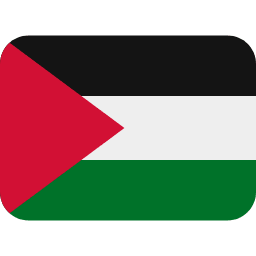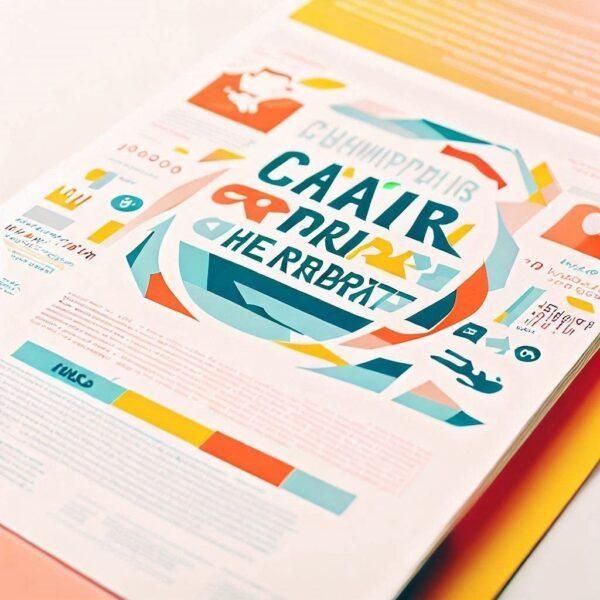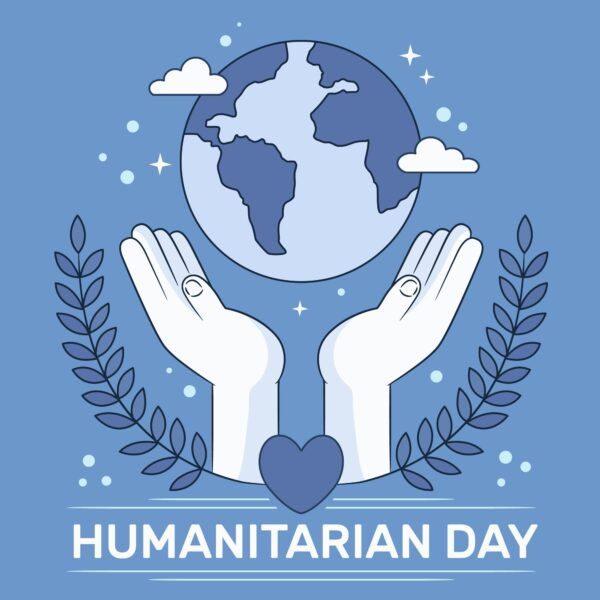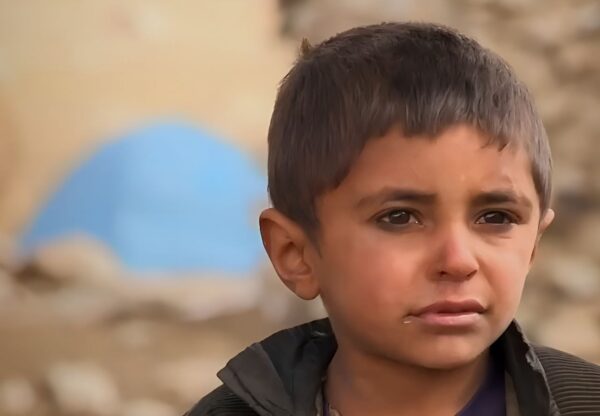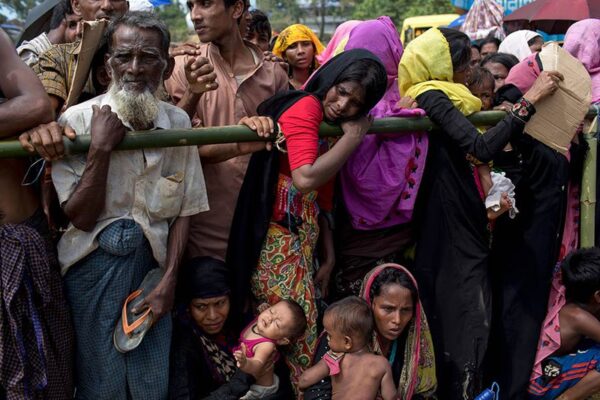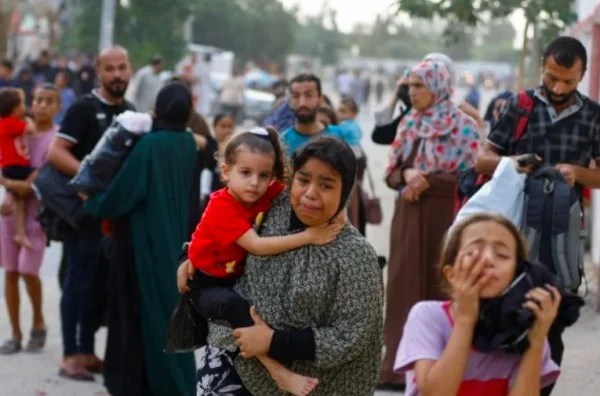How Our Islamic Charity Helps Women Choose Hijab
Hijab is not just a piece of cloth that covers the head. It is a symbol of modesty, dignity, and faith for many Muslim women. Hijab is also a choice that each woman makes for herself, according to her understanding of Islam and her personal preferences.
However, choosing hijab is not always easy. Some women may face challenges from their families, friends, or society. Some women may struggle with finding suitable clothes and scarves that fit their style and budget. Some women may lack the skills or resources to sew their own hijab.
That’s why our Islamic charity exists. We are a team of dedicated Muslims who want to support women who choose hijab. We believe that every woman has the right to practice her faith and express her identity without any obstacles or difficulties.
What We Do
Our Islamic charity provides various services and programs to help women who choose hijab. Some of the things we do are:
- We offer free sewing classes for women who want to learn how to make their own hijab. We provide the materials, tools, and instructors. We also teach women how to design and customize their hijab according to their taste and needs.
- We distribute free fabric and scarves for women who cannot afford to buy them. We source our fabric and scarves from ethical and sustainable suppliers. We also accept donations from generous individuals and organizations who want to contribute to our cause.
- We organize workshops and seminars for women who want to learn more about hijab and its benefits. We invite experts and scholars who can share their knowledge and experience on topics such as the history, meaning, and etiquette of hijab, the health and beauty benefits of hijab, the legal and social rights of hijabi women, and the best practices and tips for wearing hijab in different situations.
- We create a supportive and friendly community for women who choose hijab. We connect them with other hijabi sisters who can offer advice, encouragement, and friendship. We also host social events and activities where women can have fun, relax, and bond with each other.
Why We Do It
Our Islamic charity is motivated by our love for Allah (SWT) and our desire to follow His commands. We believe that hijab is an act of worship that pleases Allah (SWT) and brings us closer to Him. We also believe that hijab is a gift that Allah (SWT) has given us to protect us, honor us, and beautify us.
We also do it because we care about our fellow Muslim sisters. We want them to feel confident, comfortable, and happy with their choice of hijab. We want them to enjoy the benefits of hijab in this life and the next. We want them to be proud of their identity as Muslim women.
How You Can Help
Our Islamic charity relies on the generosity and support of our donors and volunteers. If you share our vision and mission, you can help us in many ways:
- You can donate Crypto to our charity. Every dollar or yard of fabric counts. Your donation will help us provide more services and programs to more women who choose hijab.
- You can volunteer your time or skills to our charity. You can join our team as a sewing instructor, a workshop speaker, a scarf distributor, or a social media manager. You can also help us with fundraising, marketing, administration, or any other task that suits your abilities.
- You can spread the word about our charity. You can tell your friends, family, colleagues, or neighbors about our work and how they can get involved. You can also share our website, social media pages, or blog posts with your network.
We appreciate any kind of help you can offer us. Together, we can make a difference in the lives of many women who choose hijab.
Thank you for reading this article. If you have any questions or comments, please feel free to contact us through our website or email address.
May Allah (SWT) bless you and reward you for your support.
Your Islamic Charity Team
